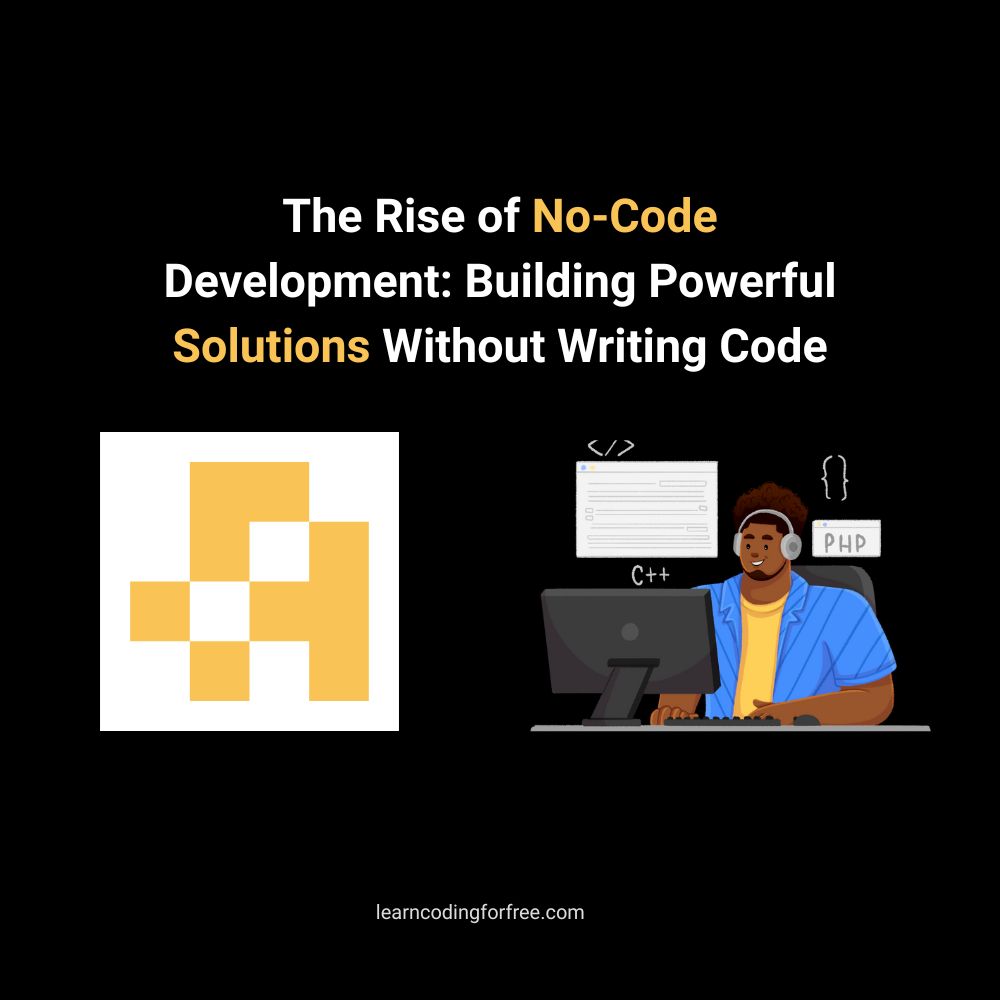
In today’s fast-paced digital world, businesses and individuals need best websites, apps, and automation tools faster than ever. Traditional software development requires coding expertise, which can be time-consuming and expensive. Enter no-code development—a revolutionary approach that allows anyone to create functional, professional-grade digital products without writing a single line of code.
This guide explores the no-code movement, its benefits, and the leading platforms—including WordPress, Squarespace, Webflow, Elementor, and Shopify—that empower users to build websites, e-commerce stores, and even complex applications easily.
What is No-Code Development?
No-code development uses drag-and-drop interfaces, pre-built templates, and visual workflows to enable non-technical users to create websites, mobile apps, and business automation tools. Instead of hiring developers or learning programming languages like JavaScript or Python, users can assemble digital solutions using tools.
Why No-Code is Booming
Faster Deployment – Launch websites and apps in hours, not months.
Cost-Effective – No need for expensive developers.
Accessibility – Anyone can build, regardless of technical skills.
Scalability – Many no-code tools support growing businesses.
Flexibility – Customize without being locked into rigid templates.
Top No-Code Platforms for Web Development
1. WordPress + Elementor (Best for Custom Websites & Blogs)
WordPress powers 43% of all websites, and with Elementor, it becomes a no-code powerhouse.
🔹 Key Features:
Drag-and-drop page builder
1000+ templates for blogs, portfolios, and business sites
WooCommerce integration for e-commerce
SEO-friendly structure
🔹 Best For: Bloggers, small businesses, and freelancers who need full customization without coding.
2. Squarespace (Best for Design-First Websites)
Squarespace is known for its stunning best templates and ease of use.
🔹 Key Features:
Award-winning design templates
Built-in SEO and analytics
E-commerce capabilities
Mobile-optimized layouts
🔹 Best For: Creatives, photographers, and small businesses that prioritize aesthetics.
3. Webflow (Best for Advanced Design & CMS)
Webflow bridges the gap between no-code and professional web design.
🔹 Key Features:
Visual CSS & HTML control (without coding)
Powerful CMS for dynamic content
Hosting included
Integrations with APIs and databases
🔹 Best For: Designers, agencies, and startups needing high customization.
4. Shopify (Best for E-Commerce)
Shopify dominates no-code e-commerce, making online selling effortless.
🔹 Key Features:
One-click store setup
6000+ apps in Shopify App Store
Secure payment gateways
Dropshipping integrations
🔹 Best For: Entrepreneurs, dropshippers, and brands scaling online stores.
5. Bubble (Best for Web Apps & SaaS)
Bubble allows users to build fully functional web applications without coding.
🔹 Key Features:
Drag-and-drop UI builder
Database integration
User authentication & workflows
API connections
🔹 Best For: Startups and businesses building SaaS products or internal tools.
No-Code vs. Low-Code: What’s the Difference?
No-Code: Fully visual, zero programming required (e.g., Squarespace, Shopify).
Low-Code: Some coding for advanced features (e.g.WordPress + custom plugins).
The Future of No-Code Development
No-code is not just a trend—it’s the future. With AI-powered automation and more integrations, no-code platforms will soon handle even complex enterprise applications.
Emerging Trends:
✔ AI-Assisted Builders (Automated design suggestions)
✔ No-Code Mobile Apps (Glide, Adalo)
✔ No-Code Automation (Zapier, Make.com)
Should You Use No-Code?
✅ Yes, if:
You need a fast, budget-friendly solution.
You’re a non-technical founder or small business.
You want to prototype ideas quickly.
❌ No, if:
You need highly specialized software.
You require deep backend customization.
No-code development is democratizing technology, allowing anyone to turn ideas into reality. Whether you’re launching a blog, an online store, or a SaaS product, there’s a no-code tool for you.
